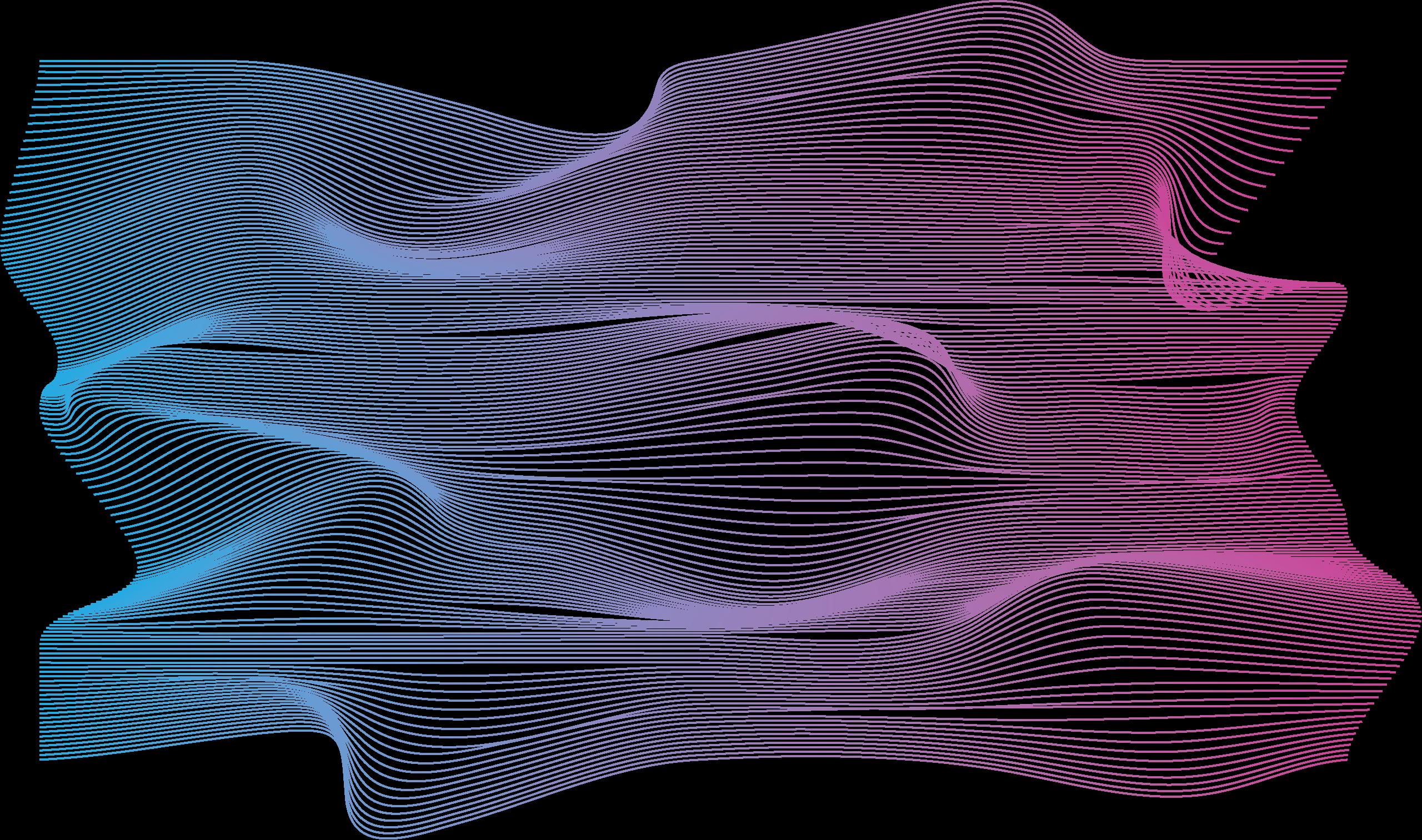Prognostic Potential of Extracellular Vesicles: Noninvasive Monitoring of Chemotherapeutic Resistance Development Jennifer C. Hall, 2Thomas R. Carey, 3Lydia L. Sohn Research Sponsor: 3Lydia L. Sohn
1
ABSTRACT Chemotherapy remains the most common modality of cancer treatment, used both independently and in combination with other systemic or localized therapies. It has been shown that patient response to chemotherapeutics is a potent predictor of prognosis and over 90% of cancer patient mortalities are related to drug resistance. Resistance to chemotherapy can develop during the course of treatment when tumor cells become less sensitive to therapy and is particularly dangerous to patient survival due to the difficulty of detection. As such, it has become essential to develop efficient methods of monitoring changes in patients’ response to treatment. Our research demonstrates the potential of extracellular vesicles (EVs) in rapid, noninvasive monitoring of tumor response to chemotherapeutics. Through analysis of EV mRNA cargo, trends in gene expression observed in cells are shown to be conserved in their derived EVs. To determine tumor response to treatment, we devised a model system to mimic interactions between tumor cells, chemotherapeutic(s), and gene expression alterations that confer resistance. We isolated EVs from MCF7/wt and MCF7/ADR cell culture supernatant to model EVs derived from doxorubicin-sensitive and resistant tumors, respectively. We then extracted mRNA from EVs and quantified the expression of top2a. We observed downregulation of top2a, which confers resistance to doxorubicin, in MCF7/ADR (doxorubicin resistant) EVs relative to MCF7/ wt EVs. Our findings establish the feasibility of using mRNA in tumor-derived EVs to assess drug sensitivity of tumors via liquid biopsy. Major, Year, Departmental: 1Class of 2021, Molecular and Cellular Biology Neurobiology Emphasis, Department of Molecular and Cellular Biology, University of California, Berkeley; 2UC Berkeley–UC San Francisco Graduate Program in Bioengineering, University of California, Berkeley; 3Department of Mechanical Engineering, University of California, Berkeley, 5118 Etcheverry Hall, Berkeley, CA 94720, US
INTRODUCTION Cancer treatment often employs an array of modalities utilized independently, in sequence, or concurrently. Treatment modalities include surgery, radiation, and systemic therapies such as chemotherapy or immunotherapy. Chemotherapy remains the most common form of cancer treatment in the US (Figure 1A).1 Patient response to administered chemotherapeutics is a strong predictor of prognosis, and over 90% of cancer patient mortalities are related to drug resistance.2,3 Chemotherapeutic resistance is categorized as either intrinsic or developed. Intrinsic resistance inhibits a drug’s mechanism of action and exists in tumor cells prior to exposure. Developed resistance occurs when tumors evolve decreased sensitivity after initial or prolonged exposure. In conjunction with the difficulty of detection, this makes developed resistance particularly threatening
to positive patient outcomes. At present, determination of tumor response to chemotherapy treatment typically requires invasive tumor biopsies. This demonstrates the need for more efficient, noninvasive mechanisms for monitoring tumor response to treatment frequently throughout the treatment course. As a result of the frequency of chemotherapy use and the implications of losses in sensitivity to treatment, much research has gone into elucidation of the mechanisms and gene expression alterations conferring chemotherapeutic resistance (Figure 1B). Similarly, pathways and gene targets of many chemotherapeutics are well understood. For example, the chemotherapy drug doxorubicin acts by inhibiting topoisomerase-IIα (TOP2A) function within the nucleus of tumor cells (Figure 1C), and decreases in TOP2A gene expression are indicative of doxorubicin resistance. Broadly, altered gene expression within drug-resistant tumor cells provides clear ev-
Figure 1. Chemotherapeutics remain the most prescribed cancer treatment and accordingly, mechanisms of drug action and drug resistance are well-characterized for many drugs. Chemotherapy utilized in breast cancer treatment (A) demonstrates its prevalence, particularly in late-stage cases. This prevalence has led to research into the different mechanisms of drug resistance (B). Likewise, much research has further illuminated the different mechanisms of action of given drugs. In a specific example (C), doxorubicin is shown entering the cell and nucleus to inhibit the TOP2A enzyme.
RESEARCH
SPRING 2022 | Berkeley Scientific Journal
77


















